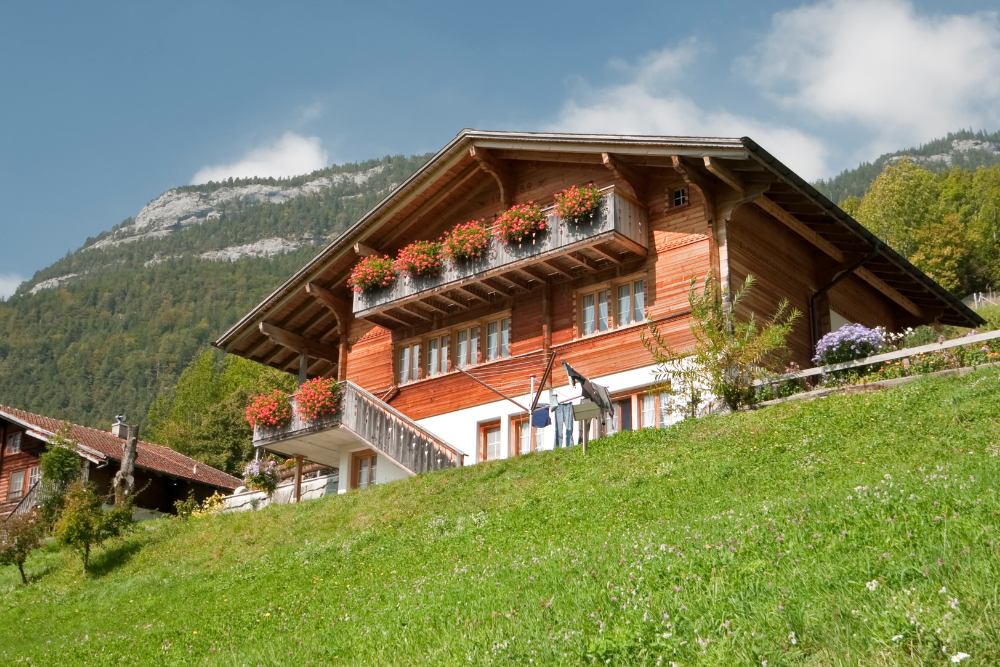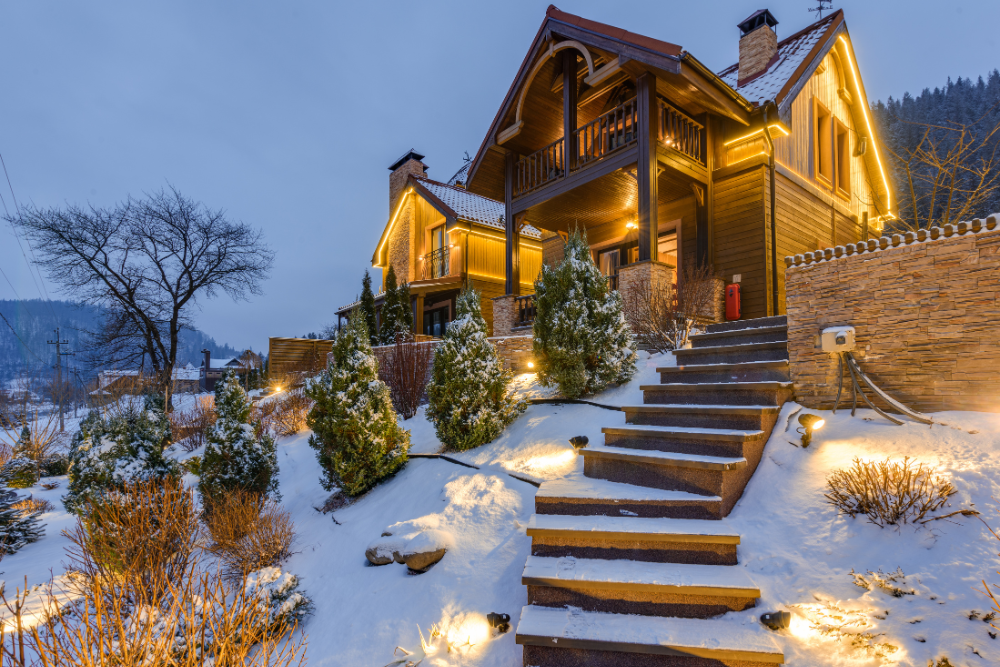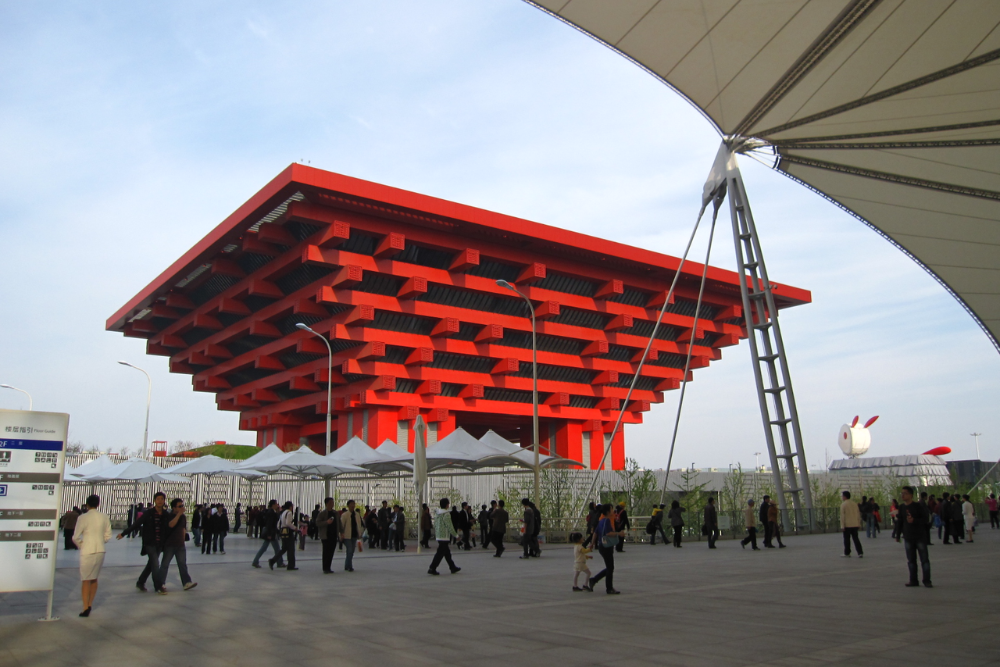Switzerland’s architectural heritage is renowned for its elegance, functionality, and harmony with nature. From charming alpine chalets to modernist masterpieces, Swiss architecture has influenced buildings across the globe. Whether it’s traditional Swiss-style homes in the Rocky Mountains, grand European-inspired hotels in Asia, or modern Swiss-designed skyscrapers in global cities, Switzerland’s architectural legacy can be found far beyond its borders.
In this article, we explore some of the most notable examples of Swiss-inspired architecture around the world, highlighting how Swiss design principles have shaped structures in various countries.
1. The Global Influence of Swiss Chalets
The Origin of the Swiss Chalet
The Swiss chalet is one of the most recognizable architectural styles originating from Switzerland. Characterized by sloping roofs, exposed wooden beams, and decorative balconies, these homes were originally built to withstand the harsh alpine climate while offering a cozy, picturesque aesthetic.
Where Can You Find Swiss Chalets Around the World?
- Austria & Germany – The Bavarian and Austrian Alps are filled with Swiss-style chalets, particularly in resort towns like Garmisch-Partenkirchen and Innsbruck.
- France – The Haute-Savoie region (including Chamonix and Annecy) is known for its Swiss-style mountain lodges.
- United States & Canada – Swiss chalets can be found in ski destinations like Aspen (Colorado), Whistler (British Columbia), and Stowe (Vermont). Many were built by European immigrants who wanted to bring a piece of their alpine homeland to North America.
- Japan – The town of Karuizawa features Swiss-inspired resorts and lodges, influenced by Western-style mountain retreats.
One of the most famous examples of Swiss chalet architecture abroad is the Swiss Village in New Glarus, Wisconsin, USA—a town that fully embraces Swiss traditions, culture, and architecture.
2. Swiss-Influenced Grand Hotels & Resorts
Luxury Swiss-Style Hotels in Asia & the Middle East
Swiss architectural elegance has influenced many of the world’s luxury hotels and mountain resorts, especially in regions that aim to replicate the European alpine experience.
Notable examples include:
- The Swissôtel Chain (Global) – Originally founded in Switzerland, Swissôtel properties around the world incorporate Swiss architectural elements such as sleek modernist facades, precision craftsmanship, and functional design.
- The Chedi Andermatt, Switzerland → The Chedi Muscat, Oman – The success of Swiss alpine luxury hotels has influenced Middle Eastern resorts, where wood-paneled facades, chalet-style elements, and Swiss-style interiors create a European ambiance.
- Sapporo, Japan – Many hotels and resorts in Hokkaido’s ski region are built in a Swiss-inspired style, catering to winter sports enthusiasts.
Swiss architectural principles—especially precision, luxury, and integration with nature—have become hallmarks of premium hospitality worldwide.
3. Swiss Modernist Architecture in Global Cities
Switzerland is home to some of the world’s most influential modernist architects, including Le Corbusier, Herzog & de Meuron, and Peter Zumthor. Their work has shaped urban skylines and contemporary architecture around the world.
Le Corbusier’s Global Legacy
One of the most famous Swiss architects, Le Corbusier (1887–1965), was a pioneer of modern architecture. His revolutionary ideas on urban planning and design influenced cities worldwide.
Examples of Le Corbusier’s work abroad include:
- Unité d’Habitation (France, Germany, and beyond) – These housing developments in Marseille, Berlin, and other cities follow Le Corbusier’s Swiss-born principles of functionalism and efficiency.
- The Capitol Complex (Chandigarh, India) – A UNESCO World Heritage Site, this government complex was designed by Le Corbusier in the 1950s and remains a landmark of modernist urban planning.
- The National Museum of Western Art (Tokyo, Japan) – One of Japan’s most celebrated museums, designed using Le Corbusier’s signature minimalist style.
Herzog & de Meuron’s Global Influence
The Swiss architectural firm Herzog & de Meuron has designed some of the world’s most iconic contemporary buildings, including:
- The Tate Modern (London, UK)
- The Bird’s Nest Olympic Stadium (Beijing, China)
- Elbphilharmonie (Hamburg, Germany)
Their use of glass, steel, and geometric forms is deeply rooted in Swiss design traditions while embracing innovation on a global scale.
4. Swiss-Inspired Sustainable Architecture
Switzerland is a leader in sustainable architecture, and its green building principles have influenced eco-friendly designs worldwide.
Notable Examples of Swiss-Influenced Sustainable Architecture
- Passive House Movement (Germany & Austria) – Switzerland’s energy-efficient building standards have heavily influenced the Passive House movement in neighboring Germany and Austria.
- Green Skyscrapers (Singapore) – Swiss-inspired high-performance glass facades, natural ventilation, and sustainable urban design can be seen in Singapore’s skyline, including buildings like the Oasia Hotel.
- Wooden High-Rises (Norway, Canada, and the Netherlands) – Inspired by Swiss timber engineering, many countries are now embracing wood-based skyscrapers as a sustainable alternative to steel and concrete.
5. Swiss National Pavilions at World Expos
Switzerland has a long tradition of showcasing its architectural expertise at World Expos. Swiss pavilions often feature cutting-edge designs that integrate sustainability, nature, and precision craftsmanship.
Notable Swiss Pavilions at International Exhibitions
- Expo 2010 (Shanghai, China) – The Swiss pavilion featured a solar-powered chairlift offering visitors a scenic ride over a rooftop garden.
- Expo 2020 (Dubai, UAE) – The Swiss pavilion used a mirror-clad facade and immersive fog experience to create a mountain-inspired atmosphere in the desert.
- Expo 2015 (Milan, Italy) – Switzerland’s pavilion emphasized sustainable food production and conservation, in line with Swiss environmental values.
These pavilions highlight how Swiss architectural innovation extends beyond traditional buildings and into futuristic, experimental designs.
Conclusion
From alpine chalets in North America to modernist masterpieces in Asia, Swiss architecture has left an indelible mark on the world. Whether through traditional wooden homes, grand hotels, sustainable urban projects, or cutting-edge contemporary buildings, Switzerland’s design principles continue to inspire architects and builders worldwide.
By blending functionality, aesthetics, and sustainability, Swiss-inspired architecture ensures that precision, innovation, and respect for nature remain at the heart of global architectural trends.












